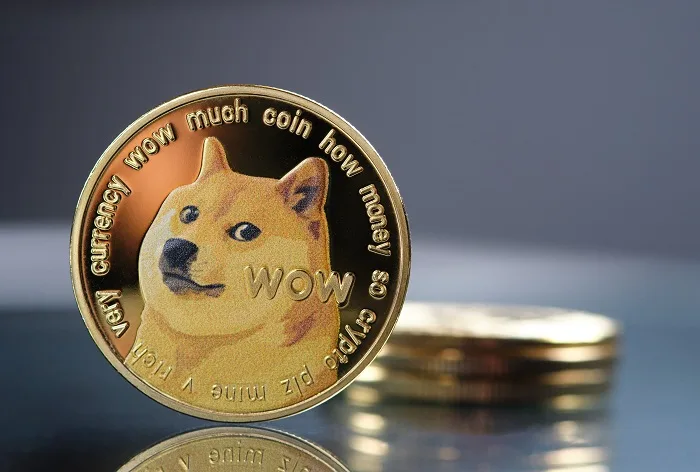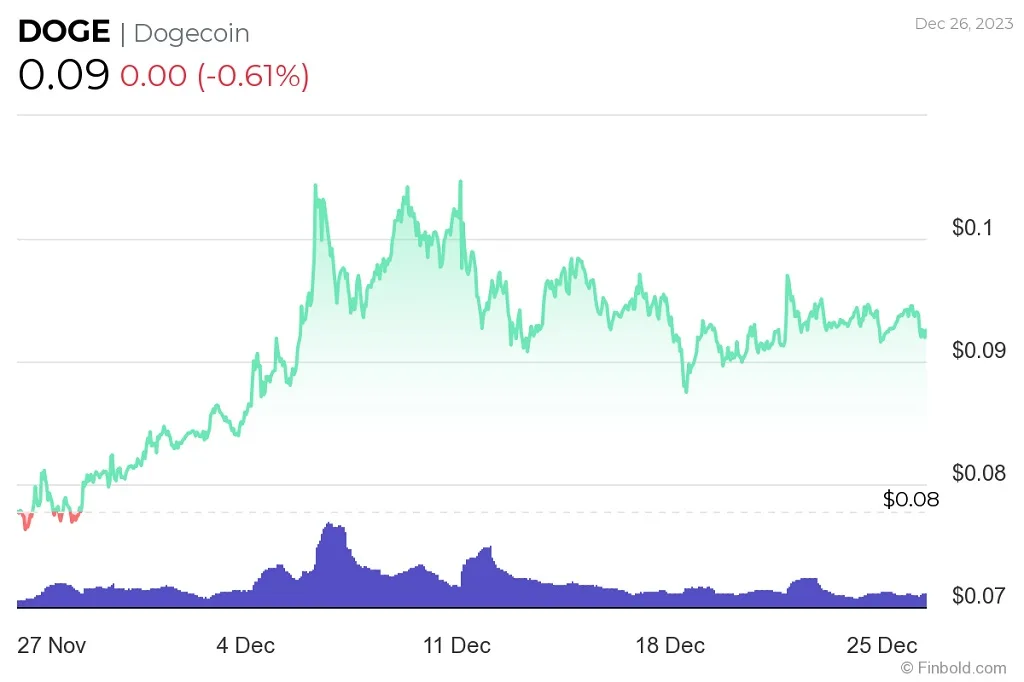Dogecoin: The Cryptocurrency Phenomenon – Beyond the Meme

Since its inception, Dogecoin has evolved from an internet meme into a notable player in the cryptocurrency market. This article explores the origins, technology, market resilience, exchange acceptance, security, and the unique position of Dogecoin in the crypto world.
What Kind of Cryptocurrency and When Was It Created
Dogecoin (DOGE) was created in December 2013 by Billy Markus and Jackson Palmer. Initially designed as a joke, it was based on the popular “Doge” meme that features a Shiba Inu dog. Despite its humorous beginnings, Dogecoin quickly gained a vast following and has since established itself as a legitimate cryptocurrency.
The coin was created to be more accessible and less intimidating than Bitcoin, aiming to attract a broader demographic to the cryptocurrency world. Its community-focused and lighthearted nature has played a significant role in its enduring popularity.
How Resistant Is the Currency to Price Fluctuations
Dogecoin, like many cryptocurrencies, is subject to the volatile nature of the crypto market. Its value has seen significant fluctuations, driven by social media, celebrity endorsements, and the broader dynamics of the cryptocurrency market.
Despite this volatility, Dogecoin has displayed resilience, bouncing back from downturns, partly due to a dedicated community and growing acceptance in various commercial transactions. However, investors should approach Dogecoin with the understanding that, like all cryptocurrencies, it can experience rapid price changes.
Market sentiment, media coverage, and the overall trend of the cryptocurrency market greatly influence Dogecoin’s price movements. Its volatility is a double-edged sword, offering potential for high returns but also posing significant risk.
What Technology Was Used to Create It
Dogecoin is based on the Litecoin protocol, utilizing the Scrypt algorithm. This technology choice was intended to prevent monopolization of mining by making it less efficient for specialized ASIC miners, although ASICs for Scrypt eventually became prevalent.
The blockchain technology underlying Dogecoin facilitates fast transaction times and low transaction fees, which have contributed to its popularity for small transactions and online tipping. The Dogecoin blockchain operates with a block time of 1 minute, significantly faster than Bitcoin’s 10 minutes.
Moreover, Dogecoin’s unlimited supply was a deliberate design to encourage spending rather than hoarding, distinguishing it from cryptocurrencies like Bitcoin, which have a capped supply. This aspect of Dogecoin’s technology fosters its use as a digital currency rather than purely an investment asset.
Continuous updates and improvements by the Dogecoin development team aim to enhance security and efficiency, ensuring the blockchain remains robust against threats and adaptable to changing demands.
Despite its meme origins, Dogecoin’s underlying technology is solid, supporting a wide range of uses from microtransactions to charitable donations.
Which Crypto Exchanges Accept It
Dogecoin is widely accepted on major cryptocurrency exchanges, including Binance, Coinbase, Kraken, and Robinhood. This widespread acceptance is a testament to its legitimacy and popularity within the cryptocurrency community.
The availability of Dogecoin on these platforms facilitates easy access for both new and experienced investors, contributing to its liquidity and market presence. Many exchanges offer direct trading pairs between Dogecoin and fiat currencies, as well as other cryptocurrencies, allowing for versatile trading strategies.

How Safe Is It
The security of Dogecoin, like that of other cryptocurrencies, depends on the robustness of its blockchain and the security practices of its users. The Dogecoin network employs proof-of-work consensus to validate transactions and secure the network, which is effective against double-spending attacks.
However, users must exercise caution by using secure wallets, enabling two-factor authentication, and practicing safe storage methods to protect their Dogecoin holdings. As with any cryptocurrency, the risk of hacking and phishing attacks necessitates vigilant security measures.
Is This an Important Player on Crypto Exchanges or Is It a Meme Coin Created as a Joke
While Dogecoin’s origins as a meme coin might suggest a fleeting existence, its impact on the cryptocurrency market has been substantial. It has transcended its joke status to become a significant player, often serving as a gateway for newcomers to the cryptocurrency space.
The coin’s strong community support, broad exchange acceptance, and versatile utility contribute to its standing as a noteworthy cryptocurrency. Dogecoin embodies the internet culture from which it originated, leveraging its meme identity to maintain relevance and appeal.
In conclusion, Dogecoin’s blend of technology, community, and humor makes it more than just a meme coin. It’s a vibrant part of the cryptocurrency ecosystem, offering lessons in the power of community and the unpredictable nature of digital currencies.
